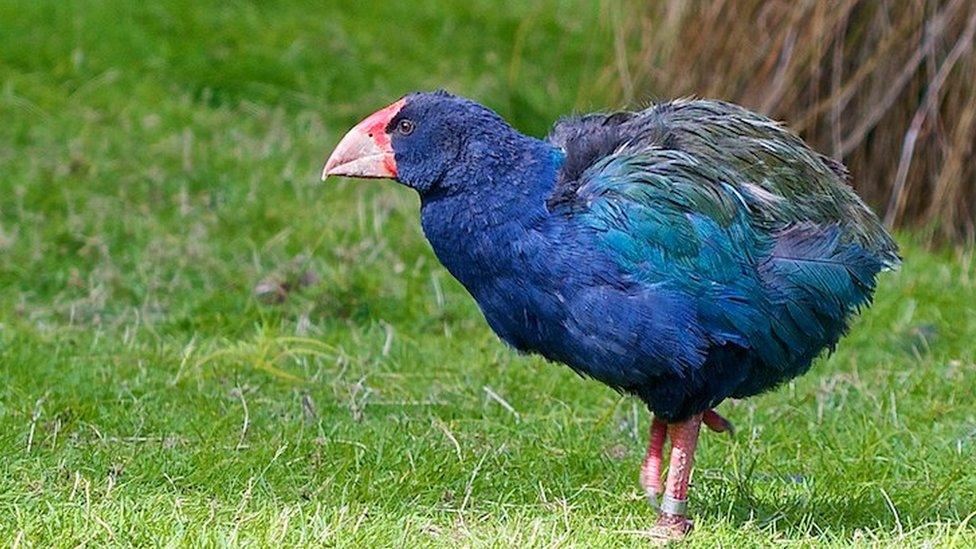New Zealand birds: Takahe facing extinction find new home in sanctuary
- Published
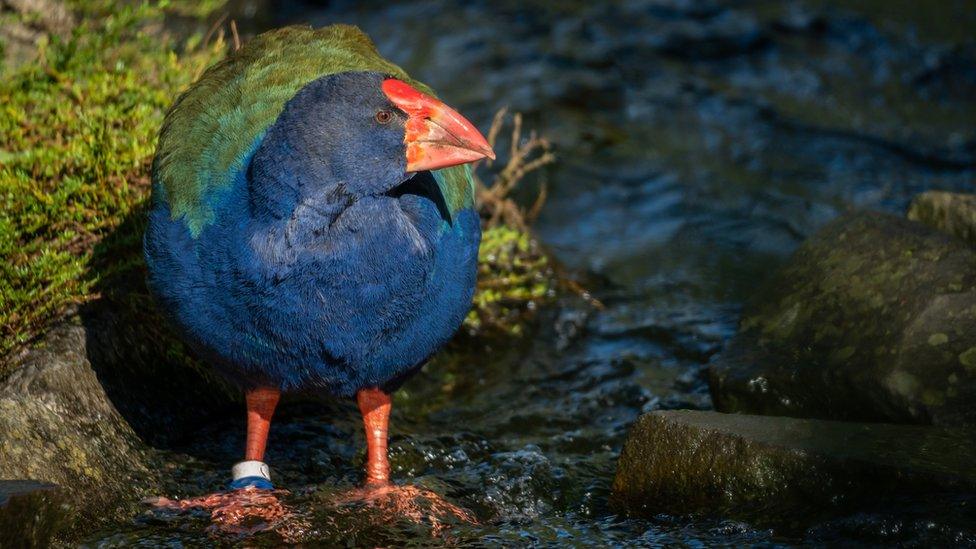
The fight against extinction continues for New Zealand's takahe
Two flightless takahe were released at a New Zealand sanctuary in the latest effort to stop some of the world's rarest birds becoming extinct.
The pair, Waitaa and Bendigo, sprinted out of their cages to cheers from the crowd at Zealandia in Wellington.
Last week, 18 takahe were released in mountains in South Island to try to boost a small population in the wild.
Due to predators, takahe were thought extinct at the end of the 19th Century, external but a small number were found in 1948.
Their discovery in remote grasslands of the Murchison Mountains on the South Island sparked conservation efforts that have raised the population to close to 500.
Takahe are plump birds with a strong red beak, stout legs and bright blue and green feathers. They grow up to the size of a large hen and can weigh as much as 3kg (6.6lb). They are often mistaken for pukeko swamp hens that are visibly thinner, according to New Zealand's Department of Conservation (Doc).
The takahe breed only once a year, raising one to two chicks, and live up to 18 years in the wild and 22 years in sanctuaries. They live on a high-fibre diet of starchy leaves and seeds.
Waitaa and Bendigo join an existing pair of takahe, external already released at North Island's Zealandia sanctuary, which is ringed by a predator-exclusion fence.
New Zealand's native birds evolved before the ascent of mammals and are vulnerable to predation by land predators introduced by human settlers.
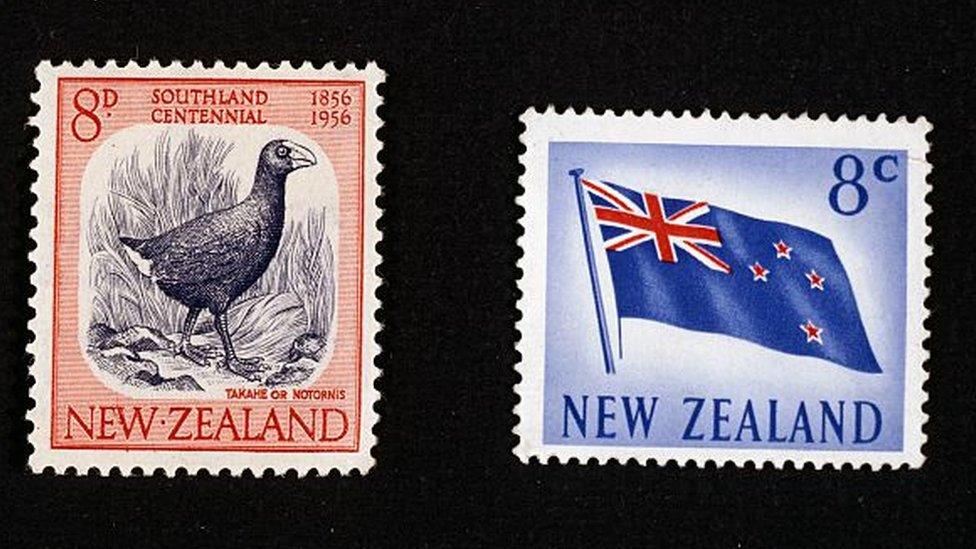
The takahe have a cultural significance to Maori and have appeared in a stamp
The release last week of nine breeding-age pairs at Greenstone Station in the Lake Whakatipu area was an attempt to establish a third wild population on South Island where the birds have a special cultural and spiritual significance.
The other wild populations are in Fiordland's Murchison Mountains and in Kahurangi National Park, where takahe were first released in 2018.
"After decades of hard work to increase the takahe population, it's rewarding to now be focusing on establishing more wild populations, but it comes with challenges," said Doc's Deidre Vercoe after last week's release.
"Establishing new wild native species populations can take time and success is not guaranteed. If we want takahe to thrive, we need to explore new sites and learn as much as we can to protect the birds now and into the future."
Māori, the indigenous people of New Zealand, consider the takahe as being taonga - a treasure that should be protected.
Conservationists have long worked to control the populations of the takahe's predators - stoats, feral cats, ferrets and rats.
Before the most recent wildlife release in Greenstone Station, conservationists installed 45 ferret traps and 25 cat traps.
The International Union for Conservation of Nature and Natural Resources considers the South Island takahe as endangered or three steps from extinction. It has marked the North Island takahe as extinct.
Related topics
- Published3 August 2023
- Published24 May 2023
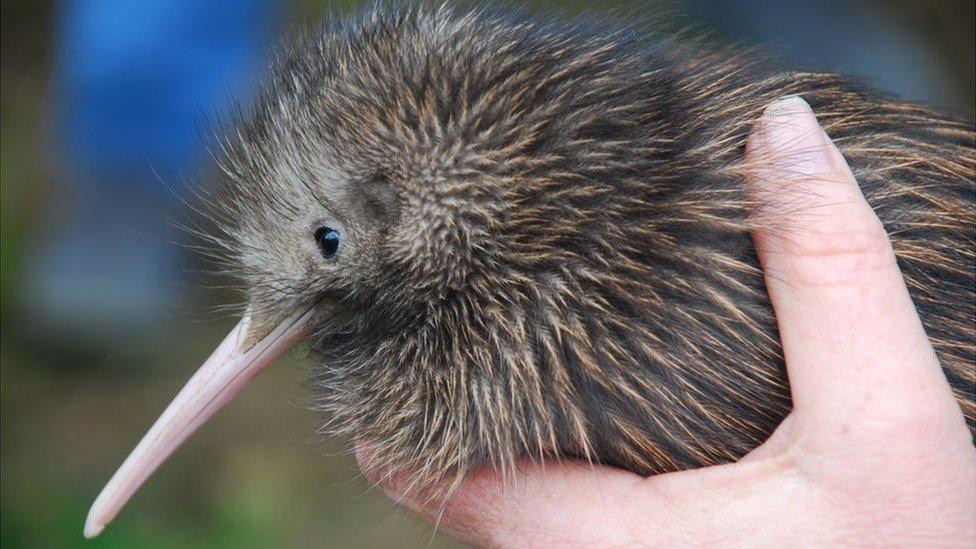
- Published19 April 2023
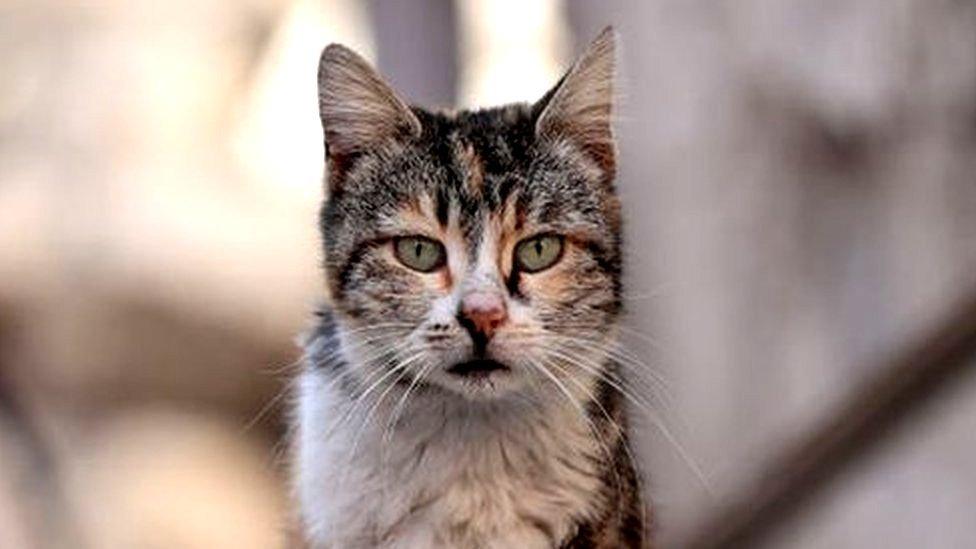
- Published20 August 2015
